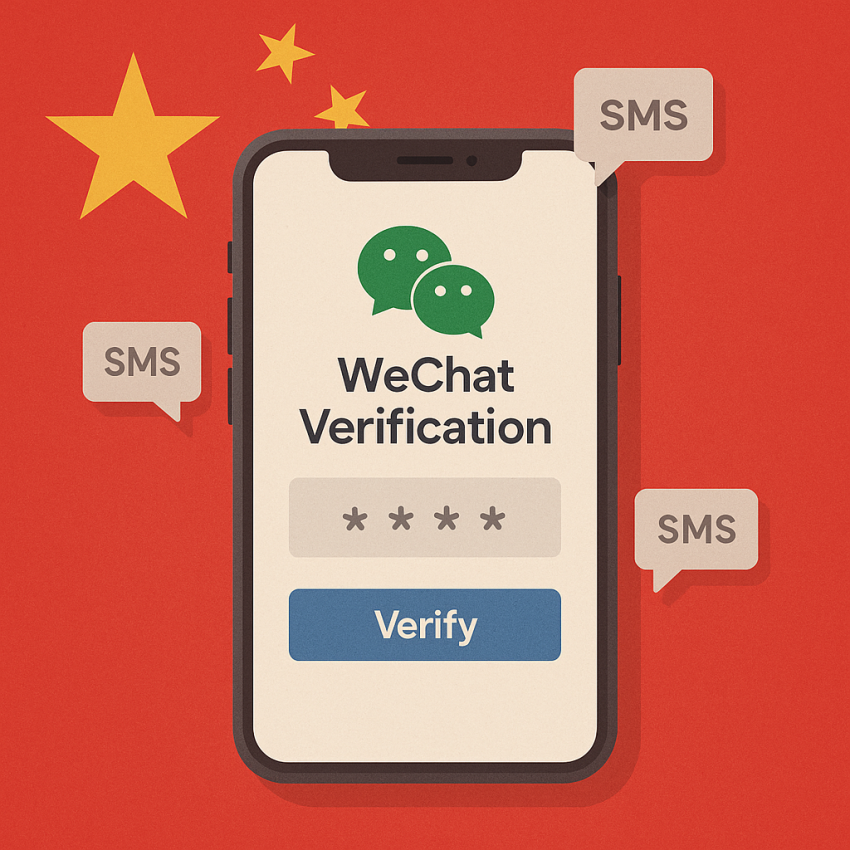
WeChat verification in China: A guide to the receive-smss competitor
Receive-smss competitor: WeChat verification in China is a topic many businesses consider when setting up accounts, verifying numbers, and managing privacy. This guide explains how SMS-based verification works with SMSPVA’s WeChat service in China and what you should know to stay compliant.
TL;DR
Why use WeChat verification in China
The receive-smss competitor: WeChat verification in China model helps protect your personal data while enabling fast verification of new accounts. By using a reputable service, you can receive SMS verification codes without exposing your primary number, which reduces risk of SIM swapping and unwanted spam. For those managing multiple business lines, this approach can streamline onboarding and keeps you compliant with service provider policies.
When you compare options for WeChat verification in China, look for reliability, uptime, and clear terms. Using a trusted provider—such as the service behind the target URL WeChat in China service—helps ensure consistent delivery of verification codes and better support. For extended functionality, you can also explore related services like WeChat service pages or read more on our blog. If you need more context, see external resources like WhatsApp for cross-platform verification ideas and WeChat on Wikipedia.
Tip: In addition to primary verification, consider using alternative channels and ongoing security practices to protect your accounts across borders.
Also remember to explore virtual_phone_number for WeChat in China for flexible options. virtual_phone_number is one of the common paths to streamline verification without exposing your main line.
How to set up WeChat verification in China
- Visit the WeChat verification service page for China: WeChat in China.
- Register or log in to your account with the provider and select the verification option for China.
- Choose a temporary number or a virtual number suitable for receiving SMS verification codes.
- Enter the number into the WeChat signup/verification flow and wait for the SMS code.
- Enter the code into WeChat to complete the verification process. Always adhere to local policies and platform rules.
Note: You can also use virtual_phone_number for WeChat in China to customize your verification flow if needed. This secondary path helps keep your main number private while you manage multiple accounts.
Comparison and troubleshooting
| Scenario | Pros | Cons |
|---|---|---|
| Direct personal number | Fast, simple | Privacy risk, potential blocking |
| Temporary/virtual number (WeChat in China) | Better privacy, reusable | May require trusted provider, variable deliverability |
| Legal and compliant use | Lower risk of account suspension | Possible fees, longer setup |
Safe and legal use
Always verify local regulations before using temporary numbers for verification. The goal is to protect privacy without violating terms of service or laws. Use reputable providers and ensure you have authorization to manage the WeChat account tied to the verification process.
FAQ
Q1: What is the receive-smss competitor: WeChat verification in China?
A1: It describes a comparison approach where temporary or virtual numbers are used to receive WeChat verification codes in China, emphasizing privacy and workflow efficiency.
Q2: How does WeChat verification work with a temporary number?
A2: You provide a temporary or virtual number, WeChat sends the verification code to that number, and you retrieve it from the provider’s SMS inbox to complete signup.
Q3: Is using temporary numbers allowed in China?
A3: It depends on local rules and WeChat’s terms; always verify policy and ensure compliance before proceeding.
Q4: How long can I use a temporary number for verification?
A4: It varies by provider; typically durations range from minutes to days, with options to extend if permitted.
Q5: Are there fees involved?
A5: Yes, most services charge per number usage or per verification attempt; check pricing on the provider’s page.
Q6: How do I contact support if something goes wrong?
A6: Use the provider’s support channel or FAQ page; reputable services offer chat, email, or ticketing. For general guidance, you can also visit their blog or help desk.
Q7: What are safe alternatives to avoid issues?
A7: Consider using official business verification channels, multi-factor authentication, and ensure you comply with platform policies to minimize risk.

